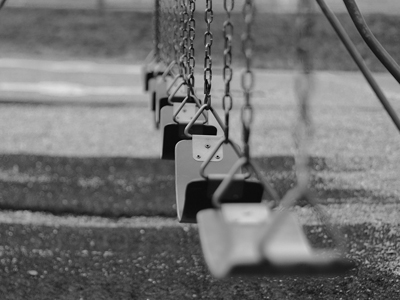Fewer children are dying from unintentional injuries, according to a new report by the Centers for Disease Control and Prevention (CDC). A new Vital Signs report published by the CDC says death rates from unintentional injuries among children and adolescents from birth to age 19 declined by nearly 30 percent from 2000 to 2009, saving the lives of more than 11,000 children.
 “In order to keep our kids safe from injuries we need two things: safer environments and knowledgeable parents,” Julie Gilchrist, a medical epidemiologist with the CDC’s Division of Unintentional Injury Prevention, said in a conference call with journalists. “Everyone has a role in keeping kids safe.”
“In order to keep our kids safe from injuries we need two things: safer environments and knowledgeable parents,” Julie Gilchrist, a medical epidemiologist with the CDC’s Division of Unintentional Injury Prevention, said in a conference call with journalists. “Everyone has a role in keeping kids safe.”
More than 9,000 children in the United States died as a result of unintentional injury in 2009. The report does not include information on injuries from violence.
Motor vehicle crashes remain the most common cause of death from unintentional injury for children, the report says. However, improvements in child safety seats, increased booster seat use and the use of graduated drivers licensing systems for teen drivers in many states have all contributed to a 41 percent drop in deaths from 2000 to 2009.
Other leading causes of death resulting from unintentional injuries include suffocation, drowning, poisoning, fires and falls. The report says rates for most child unintentional injuries have been dropping but a few are on the rise.
Poisoning deaths, significantly, have increased by 91 percent among teens aged 15 to 19, largely as a result of prescription drug overdose, the report says.
Ileana Arias, the CDC’s principal deputy director, said prescription painkillers such as OxyContin and other opioids are the most abused by teens.
“Painkillers are essentially the driver of the prescription drug overdose problem,” Arias said, adding that, “Pain killers have replaced marijuana as the gatekeeper drug,” for many teens. Because many painkillers are opiate-based it is an easier for teens to graduate to harder drugs such as heroin that are also opiate-based.
But there are ways to keep kids safe and reduce deaths, the CDC says. Appropriate prescribing of medication, proper storage and disposal, discouraging medication sharing and state-based prescription drug monitoring programs are all valuable tools.
Among infants less than 1 year old, suffocation rates have risen sharply, up more than 50 percent.
“This is a troubling number,” Arias said. “Part of it may be due to improved investigations and classifications of infant deaths. Many of these would have been labeled SIDS [Sudden Infant Death Syndrome] in the past.”
A number of steps are available to parents to reduce the risk of suffocation for their children, according to the American Academy of Pediatrics. Infants should sleep in safe cribs, alone, on their backs with no loose bedding or soft toys, the Academy says.
The report also says emergency rooms in the United States treat a child for an injury every four seconds. A child dies as a result of an injury every hour.
In conjunction with the release of the Vital Signs report, the CDC, in partnership with more than 60 organizations, is releasing a National Action Plan on Child Injury Prevention. The plans goals are to:
- Raise awareness about the problem of child injury and the effects on our nation.
- Highlight prevention solutions by uniting stakeholders around a common set of goals and strategies.
- Mobilize action on a national, coordinated effort to reduce child injury.
According to Gilchrist, the CDC’s epidemiologist, everyone in the community has a role in keeping kids safe.
“There must be safe choices every time,” she said.
Photo by Flickr | Aaron of NEPA





























